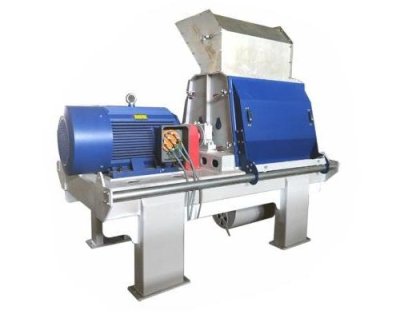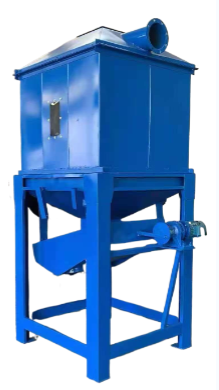How to Prevent Slagging in Biomass Pellets: 5 Key Reasons & Solutions
Slagging killing your boiler efficiency and profits?
You're not alone. This comprehensive guide breaks down the root causes of biomass pellet slagging and provides actionable solutions to reduce downtime, lower maintenance costs, and improve your bottom line.
Slagging occurs when the ash in the fuel reaches its melting point at high temperatures. The molten ash then fuses together or adheres to furnace walls and grates, forming hard, sintered deposits upon cooling.
1. Raw Material Factors (The Root Cause)
The fuel composition is the primary determinant of slagging tendency.
Ash Content and Composition
High Ash Content: Feedstocks like bark, rice husks, and straw have inherently high ash content, providing more material for slag formation.
High Alkali Metal Content (K, Na): This is the most critical factor. Potassium and sodium form low-melting-point silicates (glassy substances) that can melt at temperatures as low as 700°C, acting as the primary "glue" for slag.
High Chlorine Content: Chlorine reacts with potassium and sodium to form chlorides. These compounds vaporize during combustion and then condense on cooler heat transfer surfaces or ash particles, significantly lowering the ash fusion temperature and worsening both slagging and fouling.
Inert Materials (Si, Al): Inorganic impurities like sand (silica, alumina) have high melting points on their own, but can react with alkali metals to form low-melting-point eutectics.
Raw Material Purity
Excessive Impurities: Sand, soil, rocks, or metal fragments introduced during collection, transport, or storage directly increase the non-combustible ash content.
2. Pellet Production Factors (The Quality Link)
The physical properties of the pellets directly impact combustion uniformity.
Excessive Pellet Density
Overly dense pellets have a tight structure that hinders the release of volatiles and slows the combustion rate. This can create localized high-temperature zones where ash is more likely to melt and form slag.
Inconsistent Pellet Size
A mix of large and small pellets leads to uneven packing on the grate and uneven air distribution. Smaller pellets burn out quickly while larger ones continue to burn, causing unstable heat release and localized hot spots that increase slagging risk.
3. Combustion Equipment & Operation (The Direct Triggers)
Even with good-quality pellets, slagging can be caused by operational and equipment issues.
Improper Temperature Control
Excessively High Furnace Temperature: When the temperature exceeds the ash softening point of the fuel, slagging is inevitable. This can be caused by over-feeding air or poor fuel-air mixing creating localized superheated zones.
Equipment Design and Maintenance
Design Flaws: Poorly designed grates, air distribution systems, or furnace geometry can lead to uneven air flow, incomplete combustion, and "dead zones" where molten ash can accumulate.
Insufficient Maintenance: Failure to regularly remove ash deposits from grates, the furnace, and flues allows initial layers of ash to act as a "bonding agent," capturing more molten ash and rapidly accelerating the slagging problem.
4. Storage & Environmental Factors (Indirect Influences)
High Storage Humidity
Pellets that absorb moisture burn less efficiently. This leads to difficult ignition, unstable combustion temperatures, and incomplete combustion, where unburned carbon can combine with molten ash to form clinkers.
Effective Strategies to Reduce Slagging
Based on the causes above, here are targeted solutions:
1. Source Control (Most Important)
Feedstock Selection: Prioritize raw materials with low ash and low alkali metal content (e.g., clean sawdust).
Feedstock Pre-treatment: Wash and screen high-ash feedstock to remove sand and impurities.
Use Anti-slagging Additives: Additives like kaolin, magnesium oxide, or dolomite during pellet production can react with alkali metals to form high-melting-point compounds, thereby raising the overall ash fusion temperature.
2. Optimize Pelletization Process
Strictly control pellet density and size to ensure consistency and uniformity.
3. Standardize Combustion Operation
Optimize Air Supply: Ensure a proper balance between primary and secondary air to achieve complete fuel-air mixing and avoid localized oxygen starvation or high temperatures.
Control Furnace Temperature: Maintain combustion temperatures within a safe range below the fuel's ash softening point.
4. Enhance Equipment Maintenance
Regular Cleaning: Implement a strict soot-blowing and ash removal schedule to prevent initial ash deposits from becoming slagging nuclei.



